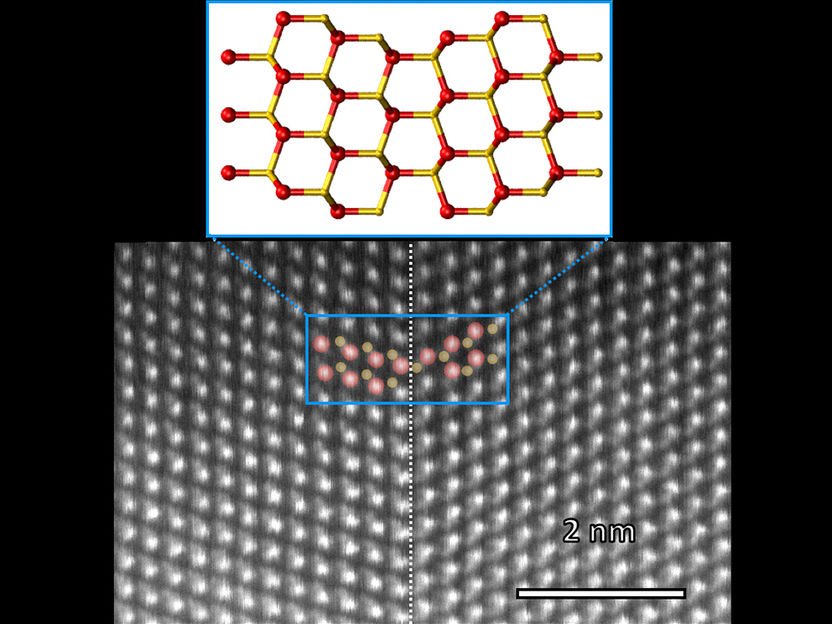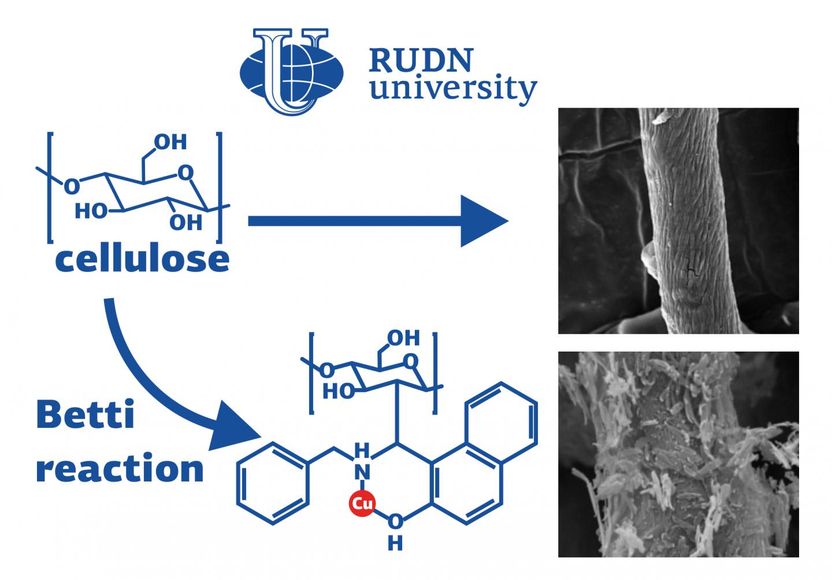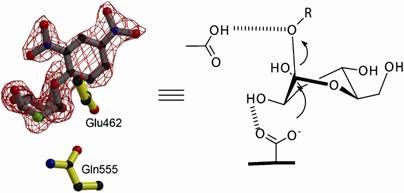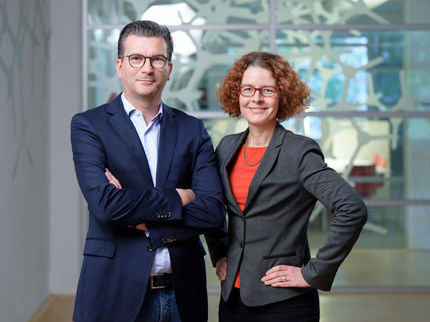Palladium Catalysts Can Do Its
Direct coupling of aryl halides and alkyllithium compounds by palladium catalysis
palladium catalysts help synthesize key chemicals for many industries. However, direct reaction of two basic reagents, aryl halides and alkyllithium compounds, remains a challenge. Now, a team of scientists have found that a catalyst containing YPhos-type ligands can mediate this reaction even at room temperature. This discovery may contribute to the development of more sustainable processes in the chemical industry, the authors write in the journal Angewandte Chemie.

© Wiley-VCH
Palladium-catalyzed chemical processes are very useful. Palladium catalysts help to couple simple carbon-containing compounds to form more complicated chemical structures. However, they have yet failed to couple two common reagents in chemical synthesis, aryl halides and alkyllithium compounds. Among the aryl halides, aryl chlorides are common synthesis reagents that react variably during palladium-catalyzed reactions to produce side products.
For coupling reactions with aryl halides and alkyllithium compounds, chemists usually take “detours” by adding intermediate synthesis steps. Unfortunately, every extra synthesis step produces chemical waste and adds costs.
This problem led Viktoria Däschlein-Gessner and her team from Ruhr University Bochum to investigate new palladium catalysts. They thought that a functional catalyst would ease many chemical syntheses. “The coupling of aryl chloride and alkyllithium reagents represents one of the most challenging reactions and—if being successful—promises a broad applicability,” the authors explain.
After testing various existing catalysts, the authors identified a promising candidate. This catalyst was based on a class of ylide-substituted phosphines called YPhos.
Chemists use YPhos-containing palladium catalysts for difficult coupling reactions. The YPhos ligands combine a negatively charged carbon center and a positively charged phosphonium group (the ylide) with a phosphine-type ligand—phosphines are typical ligands in palladium catalysis. This ylide–phosphine ligand setup results in special electronic properties. The scientists observed that the ligand electronics helped to activate aryl halides, which is a crucial step in the reaction between aryl halides and alkyllithium compounds.
One of the YPhos class of ligands, a ligand called joYPhos, was shown to have the most favorable architecture. Its combination of electronic properties and a space-filling architecture suppressed the many side reactions otherwise occurring in the coupling.
The authors remark that precatalysts containing the YPhos ligands also performed extraordinarily well. Precatalysts have their ligands and a palladium source prearranged in separate compounds. Like two-component adhesives, they assemble in the reaction mixture to form the effective catalyst. This prearrangement makes their handling user-friendly and the compounds are more stable than the free ligands, according to the authors.
In a scale-up of the reaction, the scientists synthesized a building block of lesinurad, a drug used for treating gout. They also showed that the catalyst performed well for many variations of the aryl halide and alkyllithium reagents. These results led to the conclusion that this transformation is generally applicable. This new palladium catalyst may thus help to avoid costly “detours” in future organic syntheses.
Original publication
Other news from the department science

Get the chemical industry in your inbox
By submitting this form you agree that LUMITOS AG will send you the newsletter(s) selected above by email. Your data will not be passed on to third parties. Your data will be stored and processed in accordance with our data protection regulations. LUMITOS may contact you by email for the purpose of advertising or market and opinion surveys. You can revoke your consent at any time without giving reasons to LUMITOS AG, Ernst-Augustin-Str. 2, 12489 Berlin, Germany or by e-mail at revoke@lumitos.com with effect for the future. In addition, each email contains a link to unsubscribe from the corresponding newsletter.
Most read news
More news from our other portals
Last viewed contents

Smart bottle brushes - Neutrons make structural changes in molecular brushes visible: Promising candidates for a variety of applications
Strategic Analysis of the World Combinatorial Chemistry Markets

Better thermal conductivity by adjusting the arrangement of atoms
Bayer gets green light for new world-scale TDI plant in Dormagen

Mismatched alloys are a good match for thermoelectrics
Novartis files ASM 981 for treatment of eczema in the US - Non-steroid treatment may offer new options for adult and pediatric patients
GSK and Tanabe to collaborate on development and commercialisation of preclinical products

Greenhouse gases' millennia-long ocean legacy
PTT_Public_Company_Limited





























































